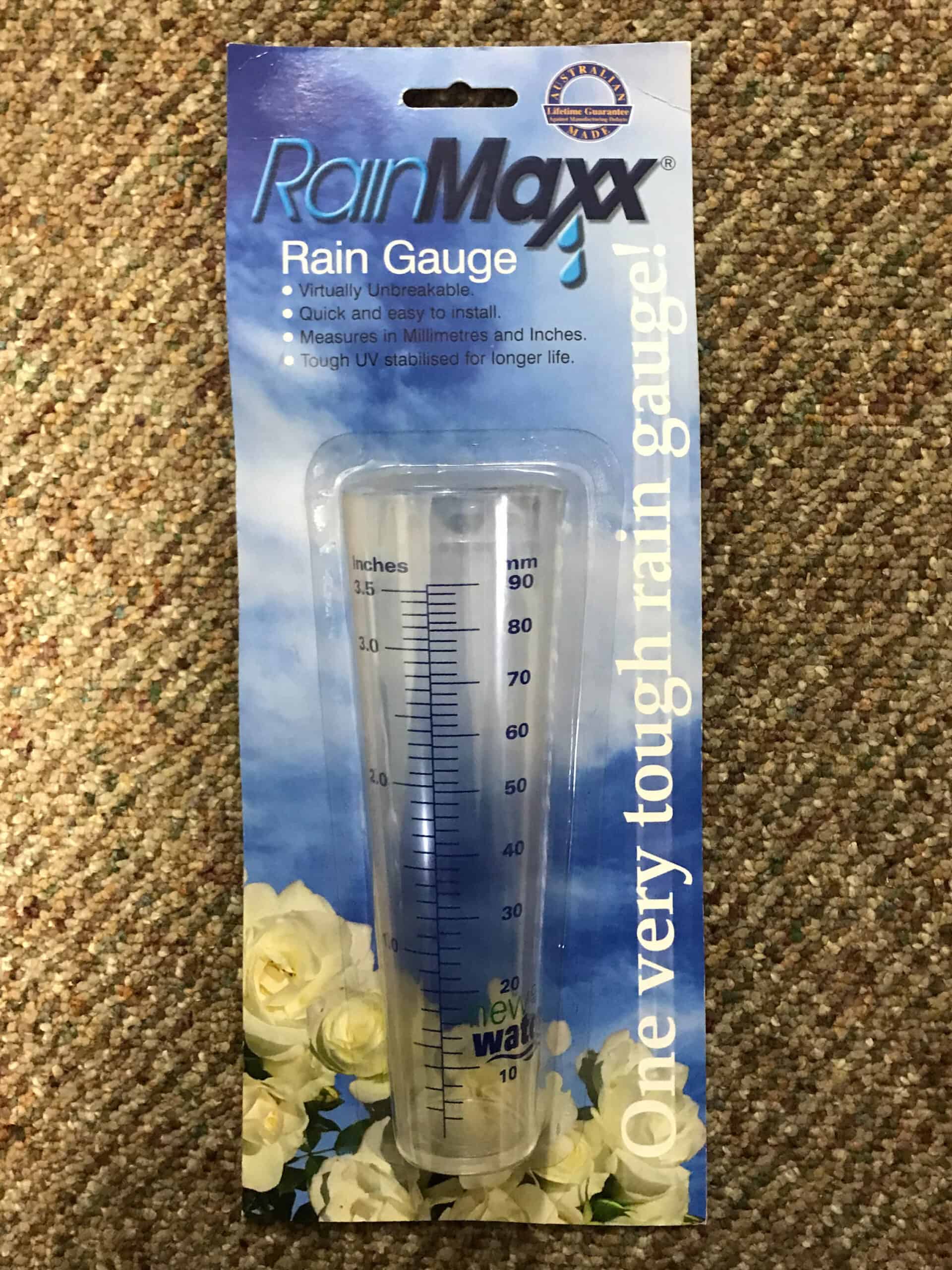Unveiling the Science Behind Rainfall Evaluates: Exactly How These Instruments Play a Crucial Function in Environment Study and Environmental Tracking
Rain gauges, relatively simple gadgets, hold a profound value in the world of environment research study and environmental surveillance. As we peel back the layers of this scientific shroud surrounding rain assesses, we reveal a globe where accuracy, information accuracy, and precise observation converge to introduce a deeper understanding of our transforming climate and its effect on the world.
Value of Rainfall Gauges
Rain evaluates play an indispensable duty in tracking and determining precipitation levels, supplying vital information for environment research study and evaluation. These devices are essential in quantifying the amount of rainfall that occurs in a particular location over a certain duration. By measuring and accumulating rainwater, rainfall assesses deal useful insights right into the distribution and intensity of precipitation, assisting meteorologists, hydrologists, and climatologists in recognizing weather patterns and patterns.
Additionally, long-term data accumulated from rainfall assesses assists in examining climate modification effects and patterns, adding dramatically to clinical study and decision-making procedures. In essence, rain assesses offer as necessary devices in the area of weather forecasting and ecological science, playing an important function in advancing our understanding of weather and climate dynamics.
Sorts Of Rainfall Gauges

Capability and Procedure
In the realm of climate research and meteorological researches, the effectiveness of rainfall assesses depend on their complex capability and specific functional devices. Rainfall determines are created to precisely determine the amount of precipitation that drops over a details area throughout a collection duration. These gadgets generally include a funnel that gathers rain and networks it into a measuring tube. The gauging tube is marked with adjusted measurements that enable the exact quantification of rains.
The performance of rainfall gauges is based upon the concept of gathering and gauging rainwater in a standardized fashion. This collected information is vital for recognizing local weather condition patterns, tracking lasting climate patterns, and examining environmental effects. To ensure precise dimensions, rainfall determines requirement to be purposefully placed in open locations far from blockages such as structures or trees that could disrupt the collection process.
The operational element of rainfall determines involves normal upkeep to avoid debris build-up, calibration checks to preserve dimension accuracy, and information videotaping for evaluation (rain gauge). Overall, the functionality and operation of rain assesses visit here are necessary for collecting reputable precipitation information crucial to climate research and environmental tracking
Function in Climate Research
Offered the critical importance of exact precipitation dimensions in understanding weather condition patterns and environmental effects, the role of rain determines in climate research is important. Rainfall determines give essential information for climate research by evaluating the quantity of rainfall that drops over a particular location during a provided period. This data is vital for checking lasting patterns in precipitation patterns, examining the impact of climate modification on rainfall circulation, and enhancing environment versions.

Climate scientists utilize data gathered from rainfall assesses to evaluate variants in precipitation degrees, recognize local environment trends, and examine the effectiveness of water source monitoring approaches. By contrasting historic precipitation data with existing measurements, researchers can spot changes in rainfall patterns, such as modifications in the frequency or intensity of rainfall events. This details is essential for understanding exactly how environment modification is influencing precipitation dynamics and can aid policymakers make notified choices regarding adaptation and reduction approaches.
Applications in Environmental Tracking

In flood he has a good point forecasting, rainfall scale data helps to track rains strength and distribution, allowing authorities to provide prompt cautions and take needed steps to reduce flooding risks (rain gauge). Dry spell surveillance depends on rainfall scale data to evaluate dampness degrees in the soil and track rainfall shortages, aiding in the recognition of drought-prone locations and the implementation of dry spell action techniques
Furthermore, rainfall scale data plays an important duty in water source administration by supplying info on water schedule and use patterns. Furthermore, in agriculture, rain gauge information aids farmers in optimizing irrigation timetables, plant selection, and overall farm administration methods based on local precipitation patterns.
Conclusion
To conclude, rain gauges are essential devices for measuring rainfall, giving valuable information for environment research study and Read Full Article ecological tracking. With different types and functionalities, rainfall evaluates play an essential duty in comprehending precipitation patterns and their impact on the environment. By precisely measuring rains, these devices add to the development of scientific knowledge and aid in making educated decisions related to water resource monitoring and catastrophe preparedness.
Rain determines play an essential role in surveillance and determining precipitation degrees, supplying vital data for environment research study and analysis. The typical rainfall gauge, recognized as the "tipping container" gauge, is one of the most generally utilized devices. Ultrasonic rainfall evaluates usage noise waves to spot the presence of rainfall, offering real-time information on precipitation degrees.Climate scientists use information gathered from rain determines to evaluate variants in precipitation levels, determine local climate fads, and assess the performance of water resource monitoring techniques.In verdict, rain assesses are important devices for measuring rainfall, providing useful data for climate research and environmental tracking.
Comments on “How a Rain Gauge Can Enhance Your Understanding of Local Environment Patterns”